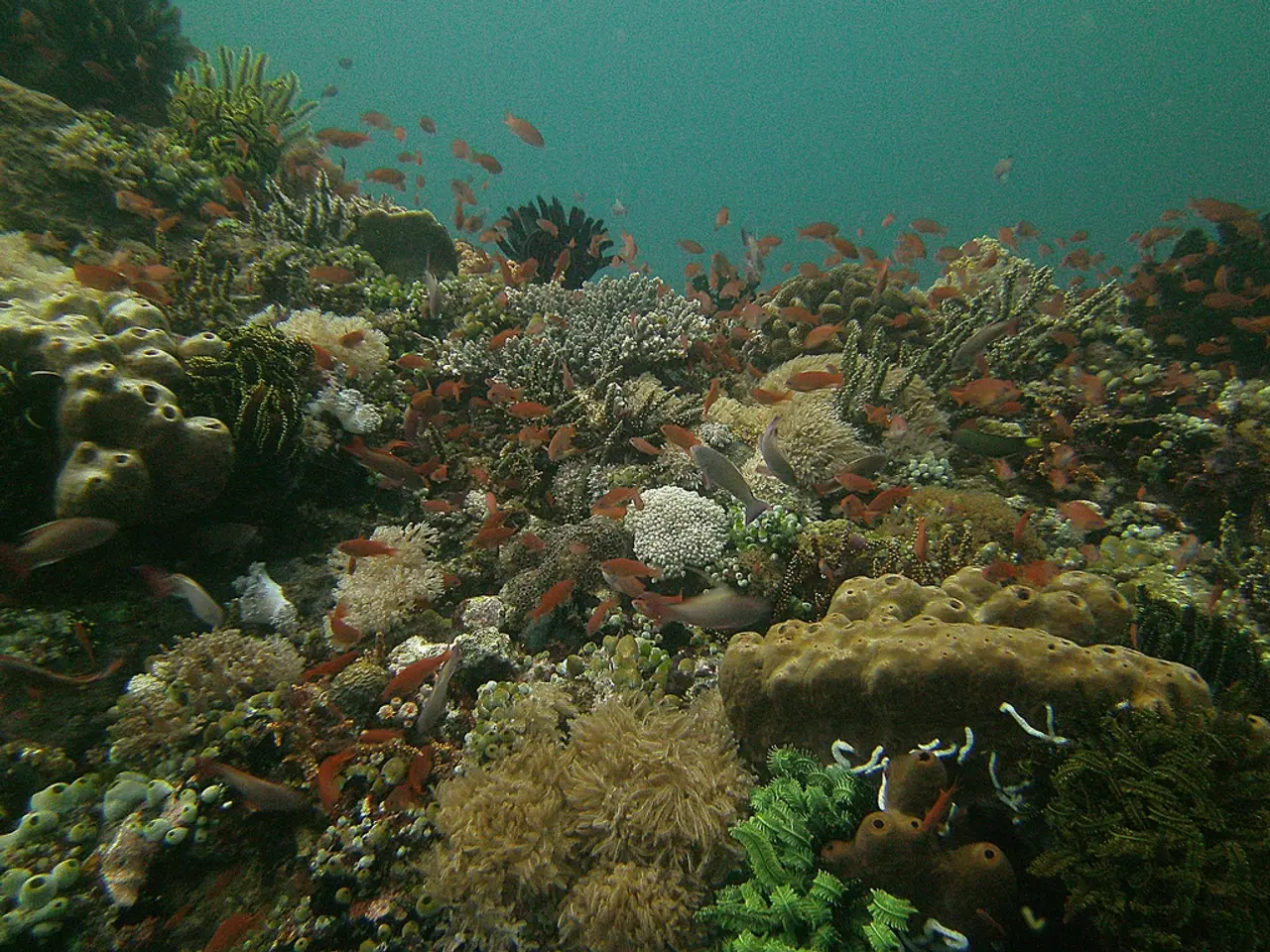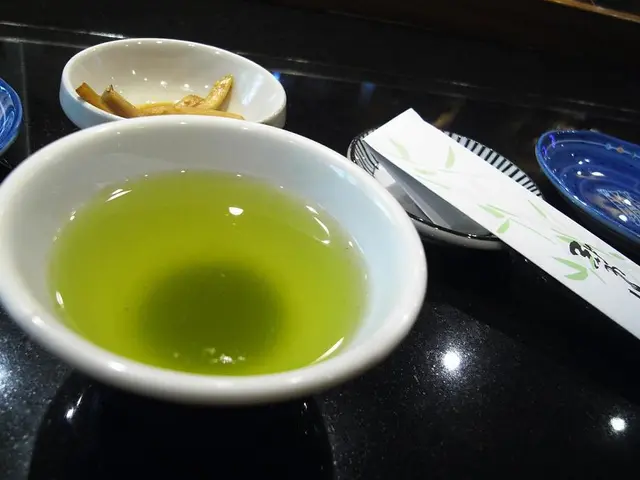Ecuador Establishes a New Marine Sanctuary in the Galapagos Islands
The Galápagos Islands, a UNESCO World Heritage site and renowned for its extraordinary marine life, has taken a significant step forward in conservation efforts. Ecuador's government has announced the creation of a new marine sanctuary of 15,000 square miles around Wolf and Darwin Islands, and several other no-take zones around the Galapagos Islands, increasing ocean protection to 32%.
This increase in marine protection is the result of combined international policies, local engagement, and scientific advocacy. National Geographic Explorer-in-Residence photographer Enric Sala, who has played a significant role in the creation of the marine sanctuary, has been instrumental in demonstrating the ecological and economic benefits of fully protected marine areas.
Sala's research emphasizes the importance of protecting apex predators like sharks, whose populations are vital for maintaining healthy marine ecosystems. The expansion of marine protected areas around the Galápagos has led to improved protection for shark populations, with signs of recovery as a result of reduced fishing pressures and habitat disturbances.
The new sanctuary is home to over 30 different shark species, including schooling hammerheads and feeding whalesharks, making it one of the world's richest shark habitats. Fishing, both small scale and commercial, is banned in the sanctuary to ensure the continued recovery of shark populations.
The conservation framework includes ratifying international agreements like the BBNJ Agreement, which enhances protection beyond national jurisdictions in the high seas near the Galapagos, addressing threats such as industrial fishing and plastic pollution. Additionally, community-driven conservation efforts funded by organisations like the Galápagos Conservancy empower local residents to contribute to protecting their marine environment, further reinforcing shark habitats and biodiversity.
Enric Sala's work has helped galvanize scientific support and international attention necessary to expand and enforce MPAs, including those around the Galapagos Islands. His leadership in creating “Last Wild Places” and marine reserves has been instrumental in advocating for marine conservation worldwide.
For those interested in witnessing the beauty of the Galapagos Islands firsthand, The Underwater Photography Guide (UWPG) is offering two trips to the Galapagos Islands for 10 days of diving each, with extra time at Wolf and Darwin Islands, in May 30 - June 9, 2016 and June 20 - 30, 2016. UWPG's publisher Scott Gietler has Galapagos photos featured in '5 Amazing UW Photo Encounters in the Galapagos Islands'.
As the marine sanctuary around the Galapagos Islands continues to grow and evolve, the future looks bright for the protection of this unique and diverse ecosystem. The conservation efforts being made are a testament to the power of international cooperation, scientific research, and community engagement in preserving our oceans for future generations.
References: [1] Galapagos Conservancy (2021) BBNJ Agreement: What You Need to Know. Retrieved from https://www.galapagos.org/bbnj-agreement-what-you-need-to-know/
[2] National Geographic (2021) Enric Sala: A Champion for the Oceans. Retrieved from https://www.nationalgeographic.org/explorers/enric-sala/
[3] Galapagos National Park (2021) Community-Based Conservation. Retrieved from https://www.galapagosnationalpark.gob.ec/en/community-based-conservation/
[4] Pristine Seas (2021) Galapagos Islands. Retrieved from https://ocean.nationalgeographic.com/ocean/places/galapagos-islands/
[5] United Nations Educational, Scientific and Cultural Organization (UNESCO) (2021) World Heritage Centre/UNESCO. Retrieved from https://whc.unesco.org/en/list/318/
- The Galápagos Islands, with its exceptional marine life, has expanded its marine protection by 32%, largely due to international policies, local engagement, scientific advocacy, and the creation of a new marine sanctuary.
- National Geographic Explorer-in-Residence photographer Enric Sala, instrumental in the sanctuary's creation, has emphasized the importance of protecting apex predators like sharks for healthy marine ecosystems.
- Shark populations in the new sanctuary are flourishing, with over 30 species such as schooling hammerheads and feeding whale sharks now benefiting from reduced fishing pressures and habitat disturbances.
- The conservation framework includes international agreements like the BBNJ Agreement to address threats such as industrial fishing and plastic pollution, as well as community-driven conservation efforts to empower local residents.
- The Galapagos Conservancy supports community-based conservation, reinforcing shark habitats and biodiversity, and offers opportunities for travelers to witness the beauty of the Galapagos through an underwater photography trip with The Underwater Photography Guide.
- Enric Sala's work has helped expand and enforce Marine Protected Areas (MPAs), and his leadership in creating Last Wild Places and marine reserves advocates for marine conservation globally.
- As the marine sanctuary evolves, the future holds promise for the protection of this unique and diverse ecosystem, demonstrating the power of international cooperation, scientific research, and community engagement in preserving our oceans for future generations.
(References not included in the delivery)




